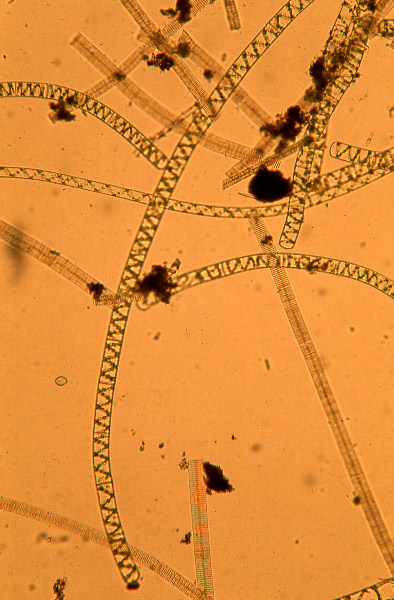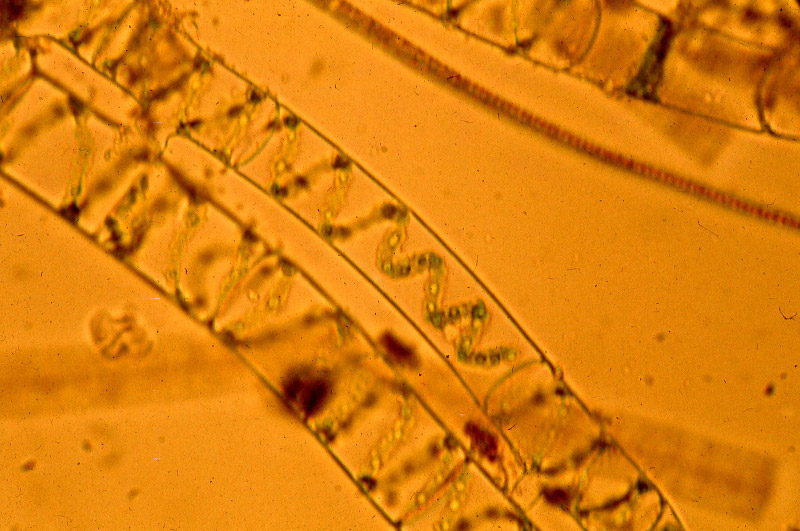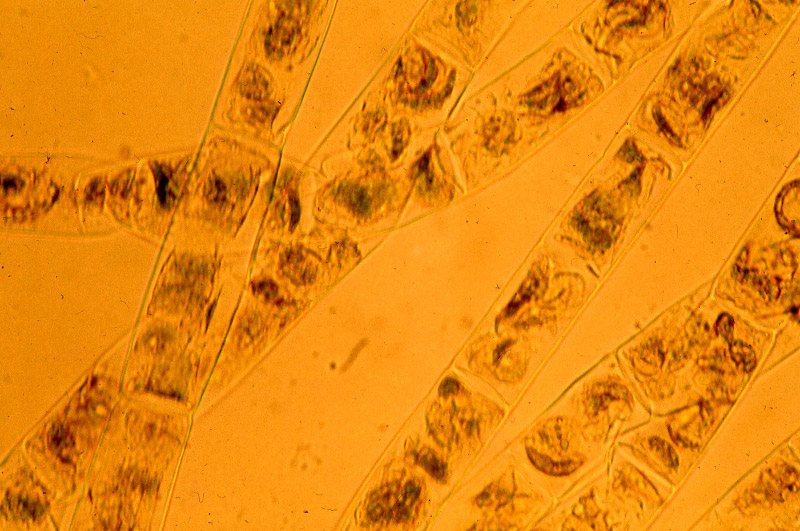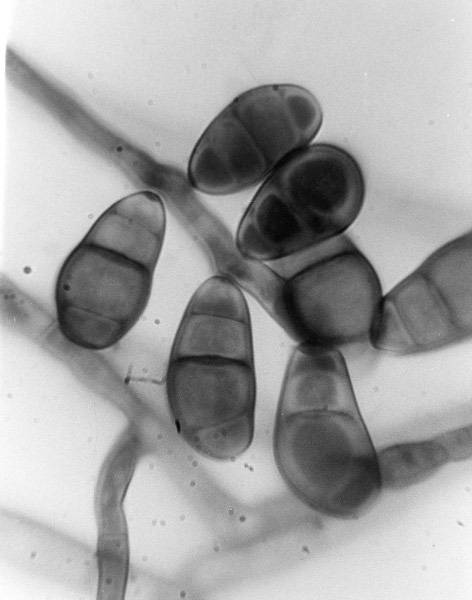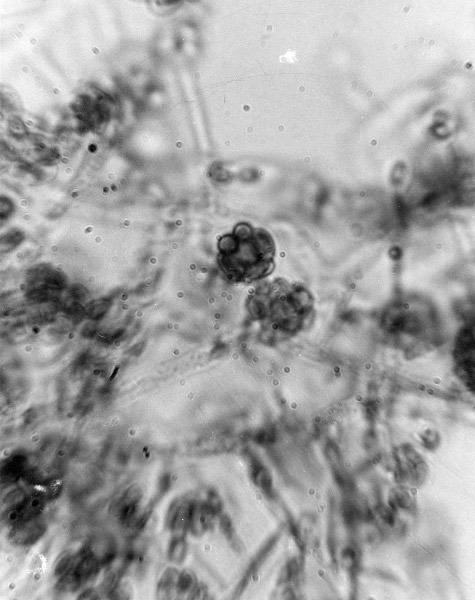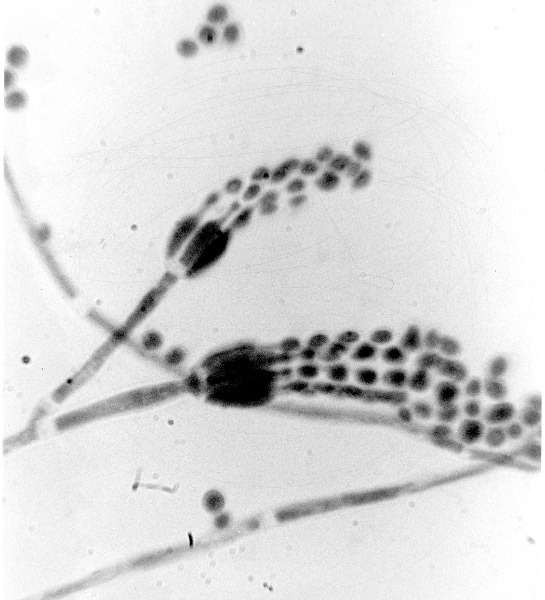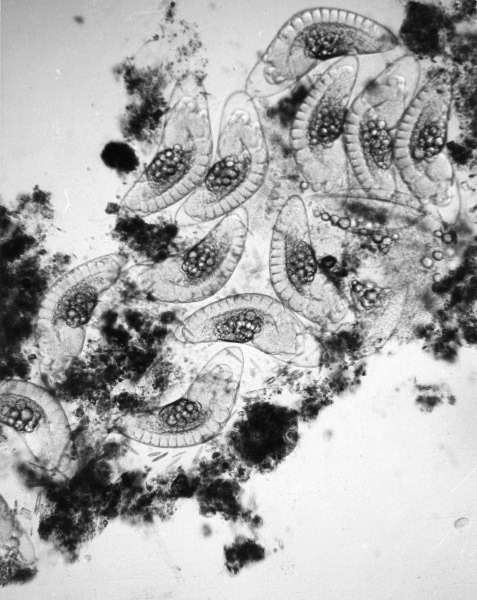The items below were ‘the cream’ of the articles and websites I found this past week. Click on the light green text to look at the article.
19 Different Foods that Surprisingly Bloom Beautiful Flowers – Great visuals and informative too. Think of all the different kinds of pollinators needed for these flowers too.
Fulfilling Water Needs as Big as Texas – The Nature Conservancy has created the Texas Water Explorer – wish Maryland had a similar app although I did find Water Quality Assessment Maps for Maryland which have much of the same information. I liked the picture of the Pedernales – brought back memories of a vacation in the state park along the river almost 40 years ago.
New knowledge for managing tree-killing bark beetles – After learning more about the southern pine bark beetle when I visited Chincoteague, I’ve been more aware of the damage it is causing…noticing articles like this one. There is really no good news.
Monet-esque Micrograph and Bug Brothers and Subterranean settlers and Zika viron and Cretaceous Chameleon – The Scientist almost always includes an image in its newsletters. Here’s a collection from March.
Blood test can predict risk of developing tuberculosis – It would be good if a blood test could do this. I remember having to get chest x-rays for my job since I responded to the TB skin test (i.e. was a latently infected person) …and repeated chest x-rays are not a good thing.
It has fast become antiquated to say that you ‘go online’ – Living constantly online…it’s becoming the norm for more and more people. And even when we turn off our devices, our online world continues while we are away. It is the new normal.
Developing better drugs for asthma, high blood pressure – The point of the project is to avoid complications from drugs that require treatment – separate from the original reason the person was taking the drug in the first place. It’s a good goal but I prefer the research toward interventions that address the root cause of a problem rather than starting with a drug that works most of the time and trying to avoid complications from it – which seems to be the goal of this research.
Sleep: The A B Zzzzs and Learning with the Lights Out and Desperately Seeking Shut Eye and Under the Cover of Darkness (infographic) and Who Sleeps? And Characterizing Sleep (infographic) – The Scientist has had a number of interesting articles about sleep. I wonder how often a person’s sleep (or lack of sleep) is the primary cause of a health issue….and how often doctors decide to treat a sleep problem unless is overwhelming obvious that sleep is the problem. Some sleep problems may be very difficult to treat and may require a significant change in lifestyle which is often very difficult.
These Ancient Trees Have Stories to Tell – I like trees…and these are artfully photographed. They were printed in black and white; I think I like trees in color more.
The Artificially Intelligent Doctor Will Hear You Now – I like the idea here – particularly that it takes into account the patient’s history and circumstances…not just symptoms. One of the things I have observed is that doctors typically key off one or two recent test results rather than taking the patient’s full history into account. They have the problem – like all of us – of being overwhelmed by data. Having an AI that would take all of that into account would benefit the doctor by saving a lot of patient history review time and the patient would get a more informed diagnosis and treatment.
